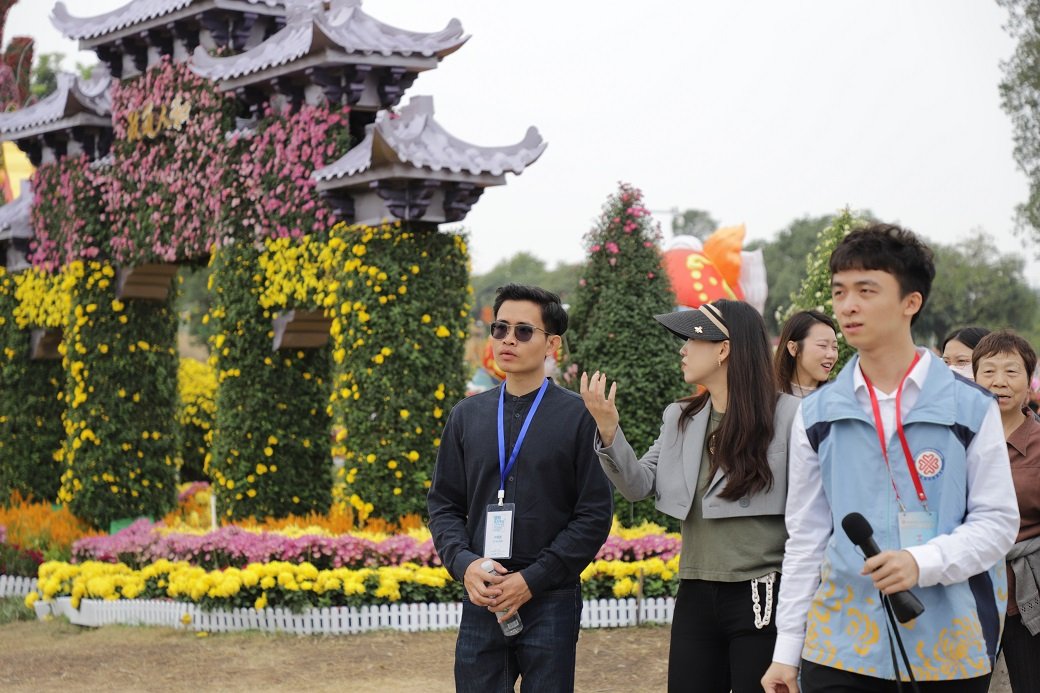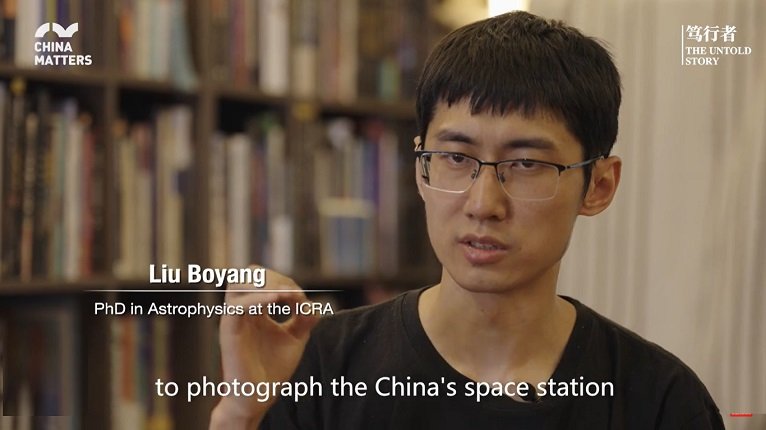Cultural Depictions of Gold in Literature and Film and Their Effect on Trading Perceptions

Have you ever noticed how gold pops up everywhere in our stories and movies? It’s like this shiny beacon that grabs everyone’s attention, whether it’s a pirate’s treasure in a novel or a heist in a Hollywood blockbuster. But here’s the thing: the way gold is portrayed in literature and film doesn’t just make for great entertainment; it also shapes how people think about gold in the real world, especially when it comes to trading. So, if you’re curious about how gold trading works, understanding its cultural depictions can be quite enlightening.
Let’s start with literature. From ancient myths to modern novels, gold has always been a symbol of wealth, power, and often, greed. Think about classics like King Midas where his touch turns everything to gold, or the pursuit of the golden fleece in ‘Jason and the Argonauts.’ These stories aren’t just old tales; they embed the idea that gold is the ultimate prize. Fast forward to more contemporary literature, and you still see gold playing a central role, often as the object of quests and conflicts. This continuous depiction reinforces the perception of gold as a valuable and sought-after commodity.
Now, switch over to the silver screen, and it’s a similar story. Movies have a way of glamorizing gold, making it the center of dramatic heists or adventurous quests. Whether it’s the iconic scenes of gold bars in ‘The Italian Job’ or the elusive treasure in ‘Pirates of the Caribbean,’ film often portrays gold as something worth taking risks for. This portrayal can influence how people view gold trading in real life – as a potentially exciting and lucrative endeavor.
So, how does this affect perceptions of how gold trading works? For one, these cultural depictions can create a sense of allure and mystique around gold. People grow up with these stories and movies, and it can shape their attitudes towards gold as an investment. They might see gold trading as a path to wealth and adventure, mirroring the narratives they’ve seen in fiction.
But there’s another side to this coin. While literature and film can glamorize gold trading, they can also highlight the risks and dangers associated with the pursuit of wealth. Stories where the pursuit of gold leads to downfall or moral lessons about greed can also influence perceptions. They serve as a reminder that gold trading, like any form of investment, comes with its risks and ethical considerations.
For those learning how gold trading works, understanding these cultural influences is important. It’s not just about market analysis and economic indicators; it’s also about being aware of the psychological and cultural factors that can influence trading behavior. The allure of gold, as depicted in stories and movies, can lead to over-enthusiasm or unrealistic expectations in trading.
However, remember that real-world gold trading is not a Hollywood movie or a mythical tale. It requires a solid understanding of market trends, economic factors, and a good dose of realism. Unlike the quests and adventures in stories, trading involves analysis, strategy, and often, a cautious approach. It’s about balancing the romanticized perceptions with the practicalities of the market.
So, what’s the takeaway? The cultural depictions of gold in literature and film play a significant role in shaping perceptions of gold trading. They contribute to the mystique and allure of gold as a commodity but can also provide cautionary tales about greed and risk. For anyone interested in how gold trading works, it’s beneficial to recognize these influences and separate the myths and glamor from the realities of the trading world.
In conclusion, while gold’s portrayal in culture might spark initial interest in trading, successful trading relies on a deeper understanding of the market. It’s about blending the excitement and allure that comes from our cultural narratives with practical knowledge and strategic thinking. So, as you delve into the world of gold trading, keep in mind the lessons from these tales and movies, but always stay grounded in the realities of the market.














